We’re excited to introduce you to the always interesting and insightful Rachael Banks. We hope you’ll enjoy our conversation with Rachael below.
Rachael, appreciate you joining us today. What were some of the most unexpected problems you’ve faced in your career and how did you resolve those issues?
As a graduate student starting a long-term project in 2013, I mistakenly thought photographing my family would be easier than working with strangers. I didn’t anticipate the pushback from people who have known me my entire life and aren’t afraid to challenge my creative decisions. Artists sometimes have the comfort of not having to explain their process until a project is complete, but I’ve learned I’m not entitled to that luxury. My family deserves an explanation for why I am photographing them. This “problem” has ultimately helped me become more articulate and aware of how I present my work.
Small instances of this friction would arise, such as a family member not wanting to be photographed because they felt tired, hungover, or had just had a bad day. With strangers, this is a simple “no,” and you move on. But family still wants to see you and spend time together; they just don’t want to be photographed. As a younger artist under pressure to produce work, these moments were frustrating. I’ve since learned that I can’t simply call on my family to be subjects on my schedule.
I sometimes view my family through the lens of my creative research, but they see me as the same Rachael they’ve always known. An unspoken exchange happens when you blend these two worlds. When I pick up my camera, I create a physical and emotional barrier between myself and my subject. By photographing my family, I’m choosing to operate as an artist during our time together, and the price is that time.
My initial frustration and guilt over these issues have evolved into a deeper sense of awareness. It is critical to respect the time, trust, and vulnerability that anyone shares with you when you take their photograph, whether they are a stranger or a friend. The challenges I faced early on helped me understand the value of honoring someone’s time and trust. The work isn’t done when you press the shutter; you have a responsibility to consider how you’ve represented them and how their image is shared with the world.
Photographing family offers an intimacy and access that artists crave, but it doesn’t make you immune to confrontation or accountability. The people in your work are also the people in your life. I navigate this by ensuring a balance, making sure that not every family gathering is part of my research. Your friends and family are your friends and family first, and subjects second.
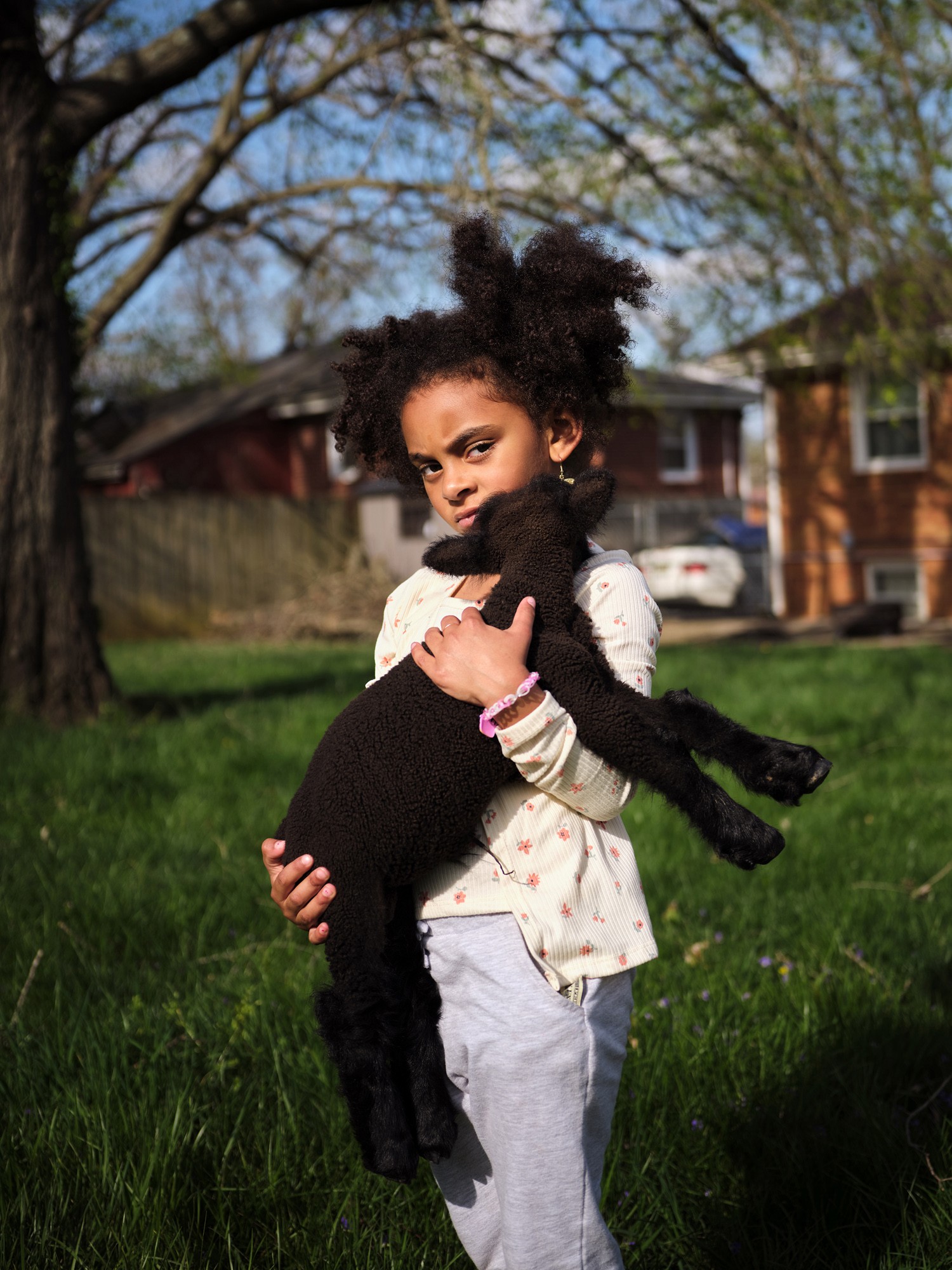
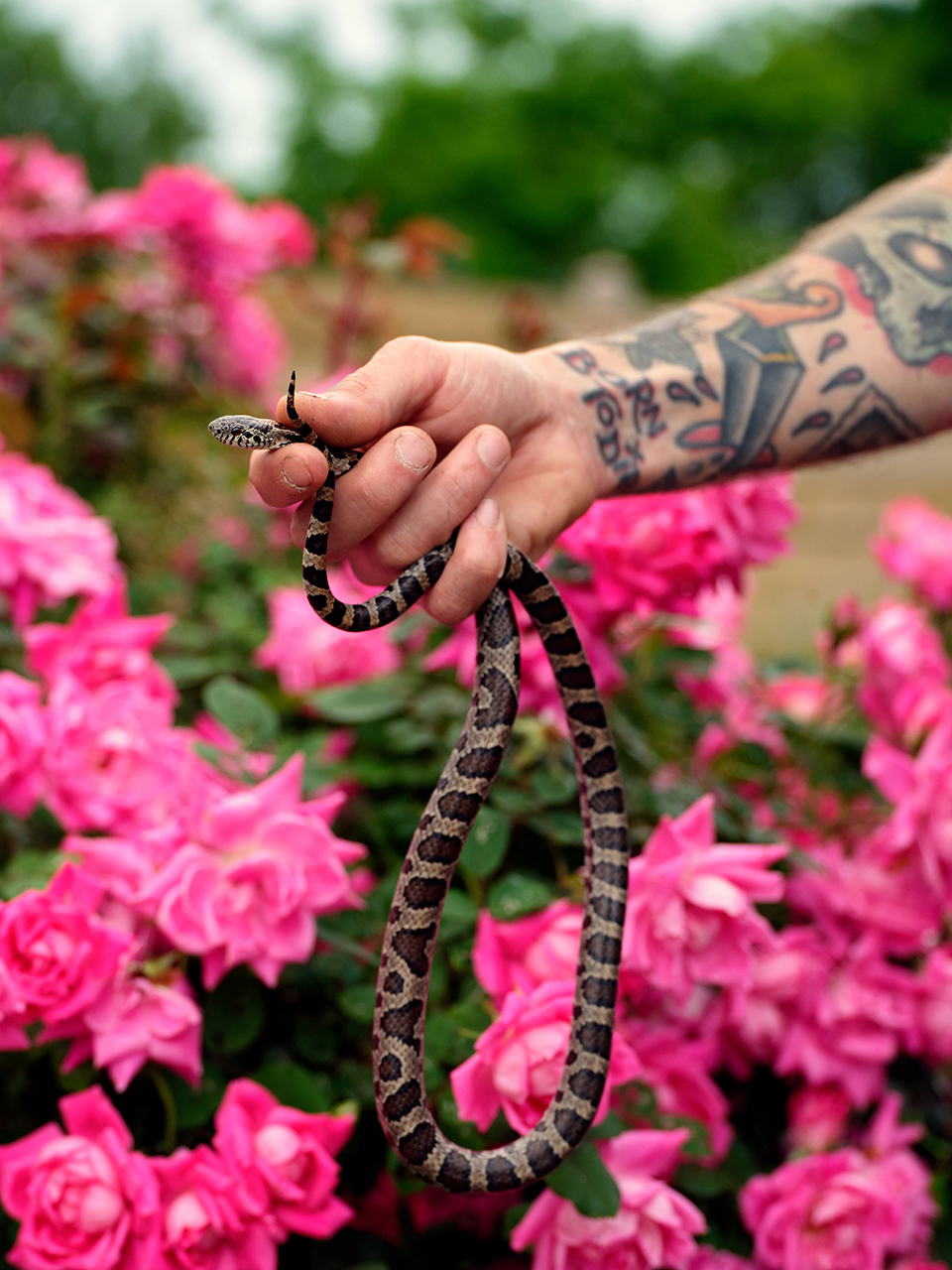
Rachael, love having you share your insights with us. Before we ask you more questions, maybe you can take a moment to introduce yourself to our readers who might have missed our earlier conversations?
I live in Newport, KY, across the river from Cincinnati, OH, but I was born and raised in Louisville, KY. As a working artist and educator, my primary medium is photography. I predominantly make images within the tri-state region of Kentucky, Ohio, and Indiana, compulsively photographing people, deer, and black dogs. I’m proud to be an artist from Kentucky and have a soft spot for Texas, where I earned my MFA in photography from Texas Woman’s University.
School was a place of comfort and consistency for me, and I attribute most of what I know to my great teachers. I am an Associate Professor of Photography at Northern Kentucky University. Being an educator allows me to mentor young artists—an experience that was formative for me and that I’m privileged to give back now while continuing to learn.
My photographic projects are a “slow burn, spanning a longer timeline due to my preference for narrative storytelling. My interests are folklore, ecology, and familial memory. Though I am not a biologist or psychologist, I am very much a researcher and often draw from other fields to inform my practice. I shamelessly photograph the same people and subjects repeatedly over multiple years, perhaps as an attempt to cheat death or simply because I am an overly sentimental person. When I’m not in a classroom or making photographs, you’ll more than likely find me on my dirt bike, fishing in the woods somewhere, or in the pits of a race car track.

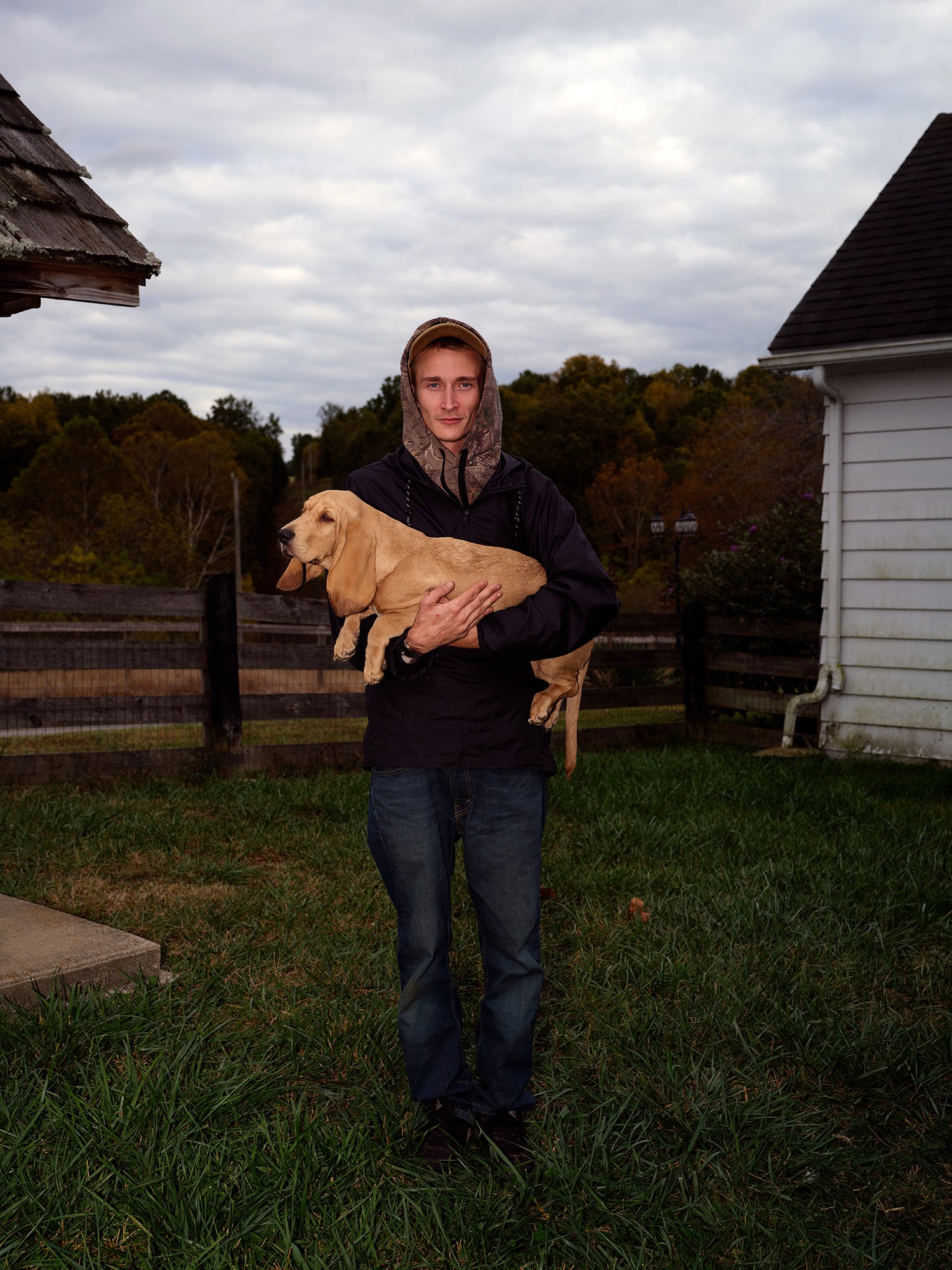
How did you build your audience on social media?
When I cared about my presence on social media, the best strategy I found for building an audience was to engage and support other creatives actively. My mindset then and now is that the best way to grow your audience is to support others. Social media can be an effective tool for building a presence as an artist, but it is simply a tool. In the same way that I don’t believe a degree guarantees you a job or immediate status as an artist, a massive social media following is meaningless if out of sync with your audience. A better strategy for utilizing social media as an artist is to focus less on analytics and numbers and more on intentional interaction. Notably, in my experience, even when I have “met” individuals via social media, the most impactful professional relationships that have resulted in opportunities for myself have always occurred after a personal interaction.
Social media cannot fully replace the value of having face-to-face experiences with members of your creative community. As a high-functioning introvert, I am reluctantly telling you that yes, you still have to get yourself outside in the world.
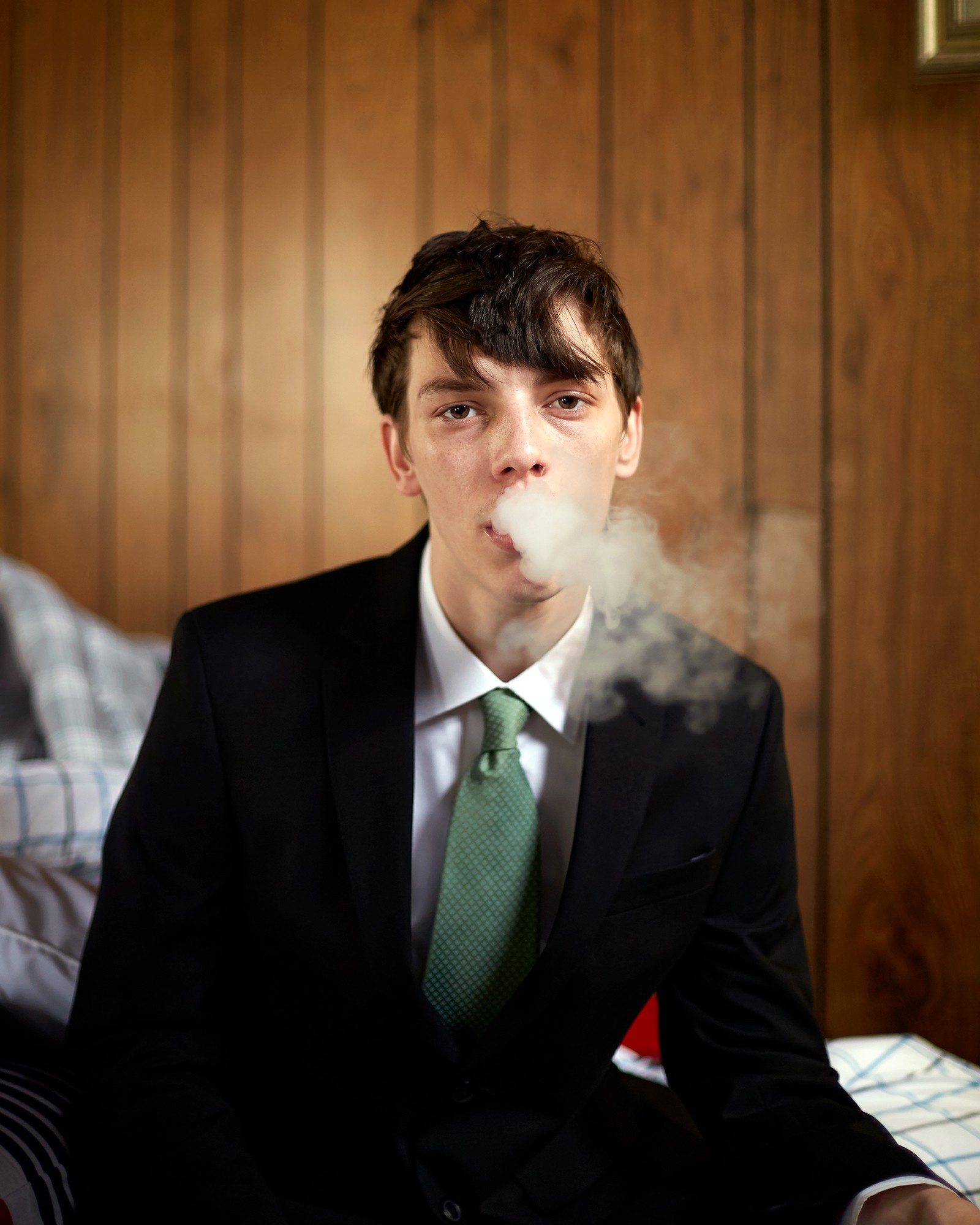
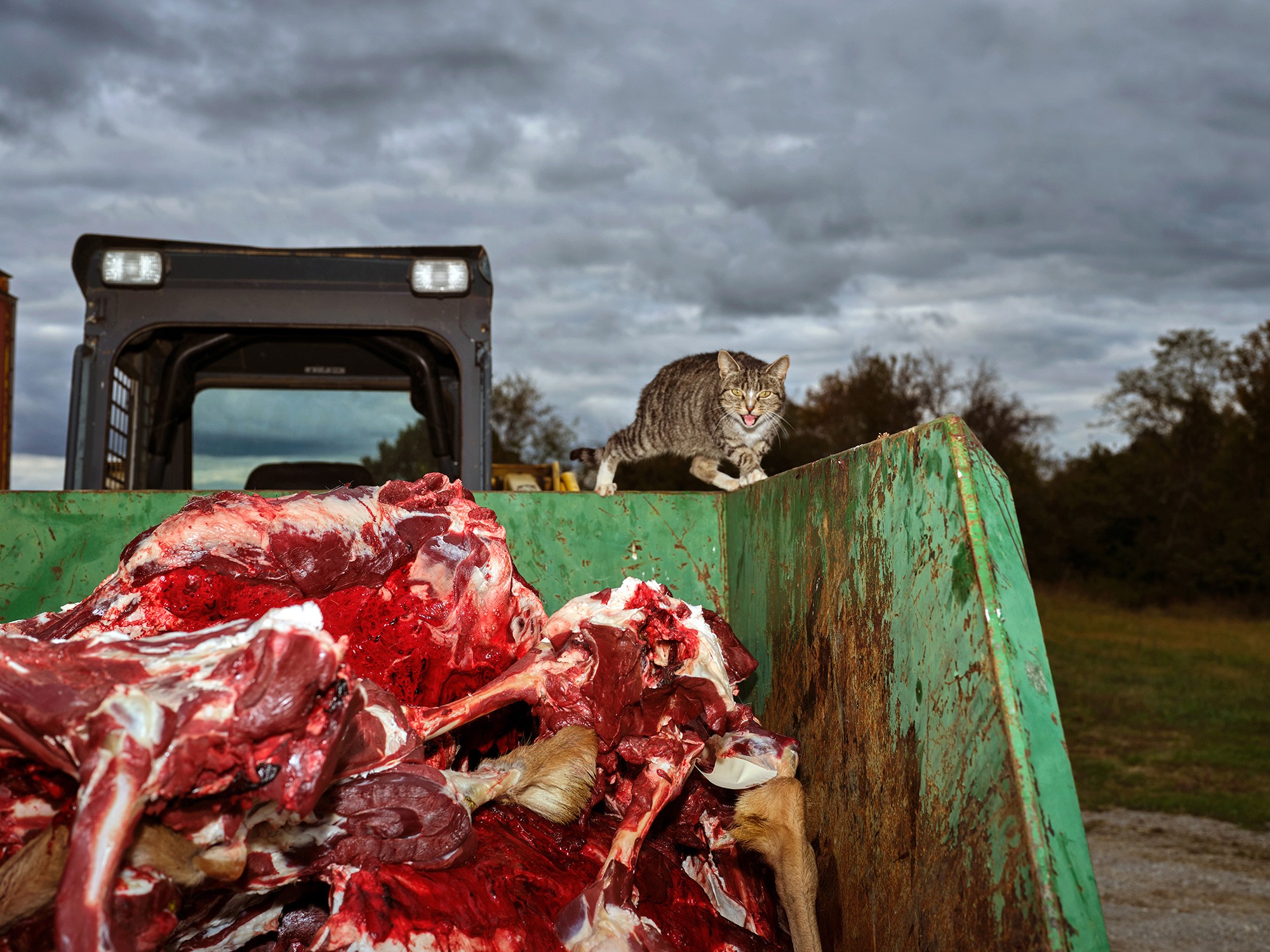
We often hear about learning lessons – but just as important is unlearning lessons. Have you ever had to unlearn a lesson?
Your job title does not need to align with your diploma. You are not a failure if the job that pays your bills has absolutely nothing to do with what you received a degree in. Yes, a degree can help ensure that you are eligible for specific career paths, but pursuing the college experience you truly want can lead to formative experiences on a professional and personal level. Those transformative experiences are not null and void if you go on to accept a job that doesn’t match your degree. I had a former colleague who worked as a barista after earning a Master of Fine Arts degree, and outside perspectives saw this type of post-graduate employment as indicative of failure. However, this colleague had a contrasting perspective and loved their work as a barista because it had nothing to do with their creative practice. This working situation was ideal for my former colleague because they felt that their creative energy was committed solely to their creative practice without being drained by their paid profession.
Furthermore, as time has passed, I have met handfuls of people who thrive as artists even if their employment or education status deviates from the status quo. There is no single path to being an artist, nor is there a degree, occupation, or salary that determines how “much” of an artist you are.
Contact Info:
- Website: https://rachaelbanks.com/
- Instagram: https://www.instagram.com/rachaelcbanks

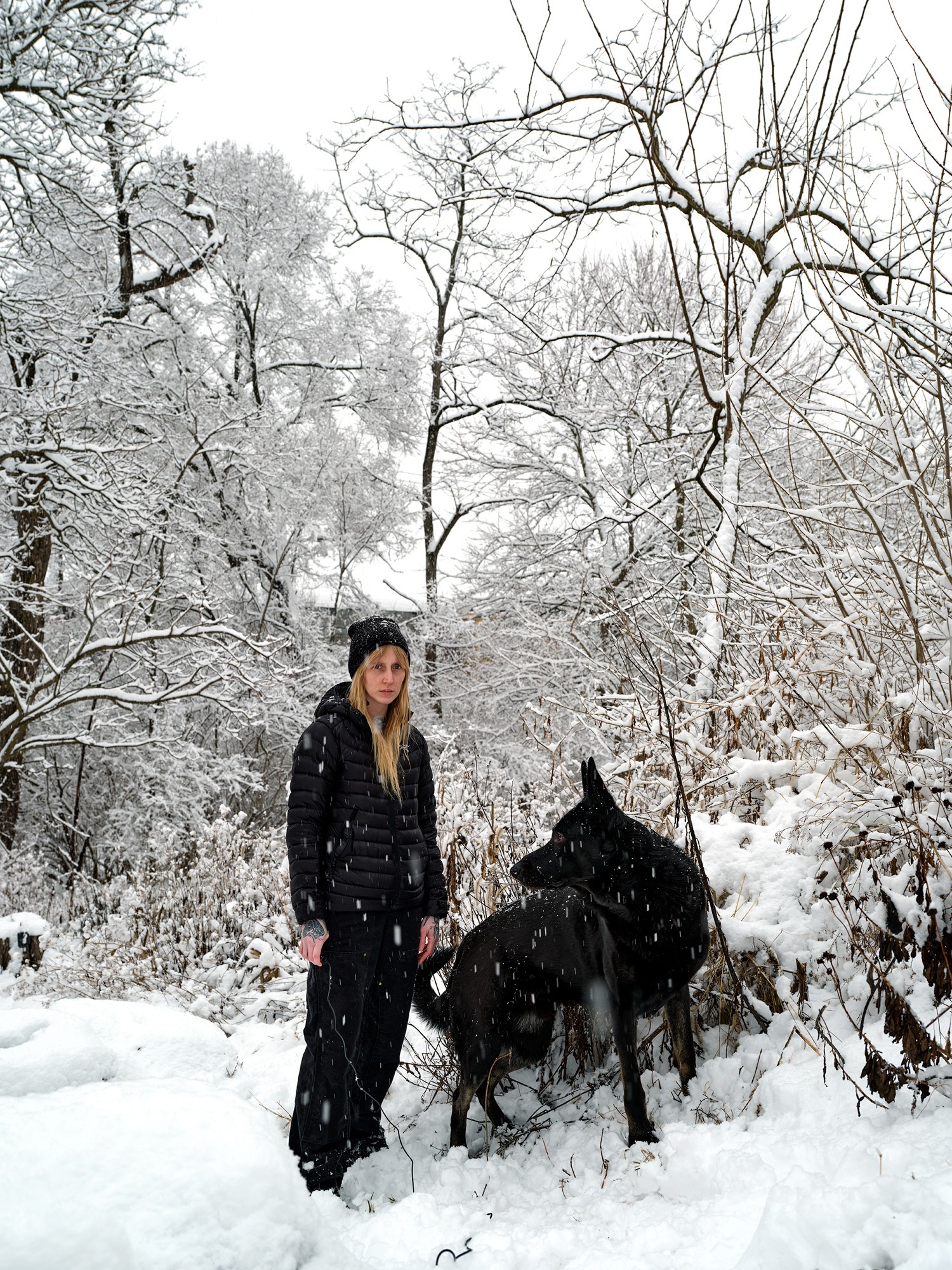
Image Credits
Rachael Banks


